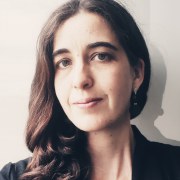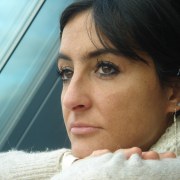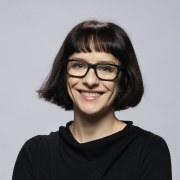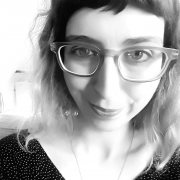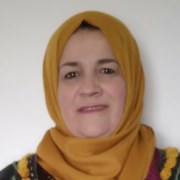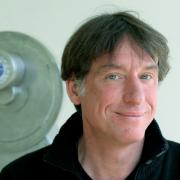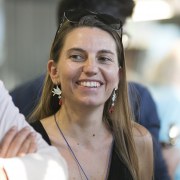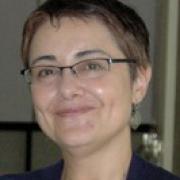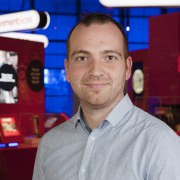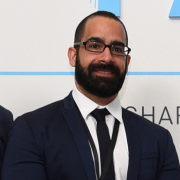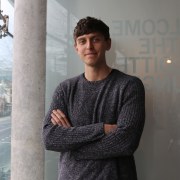Art-science collaborations: what benefits?
Many of us host or develop art exhibitions, workshops, artist residencies and the like. What are the pros and cons of these alliances? Who benefits from them? Should we go further and open up more to such collaborations and if so, how can we do it?
This session invites participants to sit at different tables and get involved in conversations that aim to assess art-science collaborations from the perspective of exhibition designers, educators and curators. Participants will discuss a set of questions triggered by speakers’ brief presentations of existing art-science collaborations. Conversations will be guided to touch on different topics, from the similarities and differences of artistic and scientific research, to the formats and impact of such collaborations. Results will be shared and serve as future reference for imagining synergies with Creative Europe programmes.
Facilitator
Art Director at Kapelica Gallery
Zavod Kersnikova / Kersnikova Institute
Session speakers
Development - International Partnership Coordinator
As a starting point for group reflections, I will briefly present an exhibition by Dutch artist Theo Jansen, hosted by the National Museum of Science and Technology Leonardo da Vinci.
Head of Audience Development
As a starting point for group reflections, I will briefly recount the results of the work done by MUSE at the Contemporary Art Biennale "Manifesta", where art works were presented adopting a scientific perspective and science topics discussed from an artistic point of view.
Associate Professor & Curator
Medical Museion & Novo Nordisk Foundation Center for Basic Metabolic Research, University of Copenhagen
As a starting point for group reflections, I will briefly present the "Mind the Gut" exhibition, where the Medical Museion deeply involved artist co-curators in the exhibition making process.
As a starting point for group reflections, I will briefly introduce an experimental project in which an edgy Australian artist is brought to Heureka to create a site specific work, with all the unexpected folds of unique performances.
Founder and Director of AlElieh for Science Environment and Art Science and Maker Educator / consultant
AlElieh for Science Environment and Art
East Jerusalem
Palestinian Territory
Reading the world through the eyes of art and science is something we keep expressing interest in at the Science Studio. Art is an integral part of processes at the Studio, starting from exhibit design to tinkering teacher empowerment and art science interactions with the public. Artist are engaged as part of the support team, ideation team, workshop team and in residencies. Some have become part of the team. I will present forms of interaction we have explored and how those experiences influenced us and our work so far.
In Museums, single artists can often play the role of the joker or fool, talking to everybody quite openly, from director to housekeeper.
As a starting point for group reflections, I will briefly present an original performance arts creation hosted this year at Quai des Savoirs: Turing Test by Compagnie Nokill. 3 actors imagine a play with an Artifical Intelligence named Alan on stage… and create it with the complicity of researchers and makers. A poetical way to talk about AI.
Executive Director of Ciência Viva
As a starting point for group reflections, I will briefly introduce a recent artist residency project set up in collaboration with an art association with the scope of creating an exhibition at the Pavilion of Knowledge.
International Project Curator
At the Science Museum we designed an exhibition about antibiotic resistance. As a science institution we don't work with artists very often, but for this subject, we wanted to have real bacteria on display so we hired an artist to grow our bacteria. It so happens that this exhibit is the thing our visitors talk about most in the exhibition!
Curator / Project Manager
As a starting point for group discussion I will bring the example of last year's exhibition about the American theoretical physicist Richard Feynman. Artists were key to the development of a narrative on the abstract features of quantum mechanics.
As a starting point for group reflections, I will briefly describe INTIMACY, Science Gallery Dublin's early 2019 show and one of the most successful exhibitions in its 11 year history. Artists were instrumental in opening conversations and embodying the often intangible themes of intimacy and their associated narratives.


